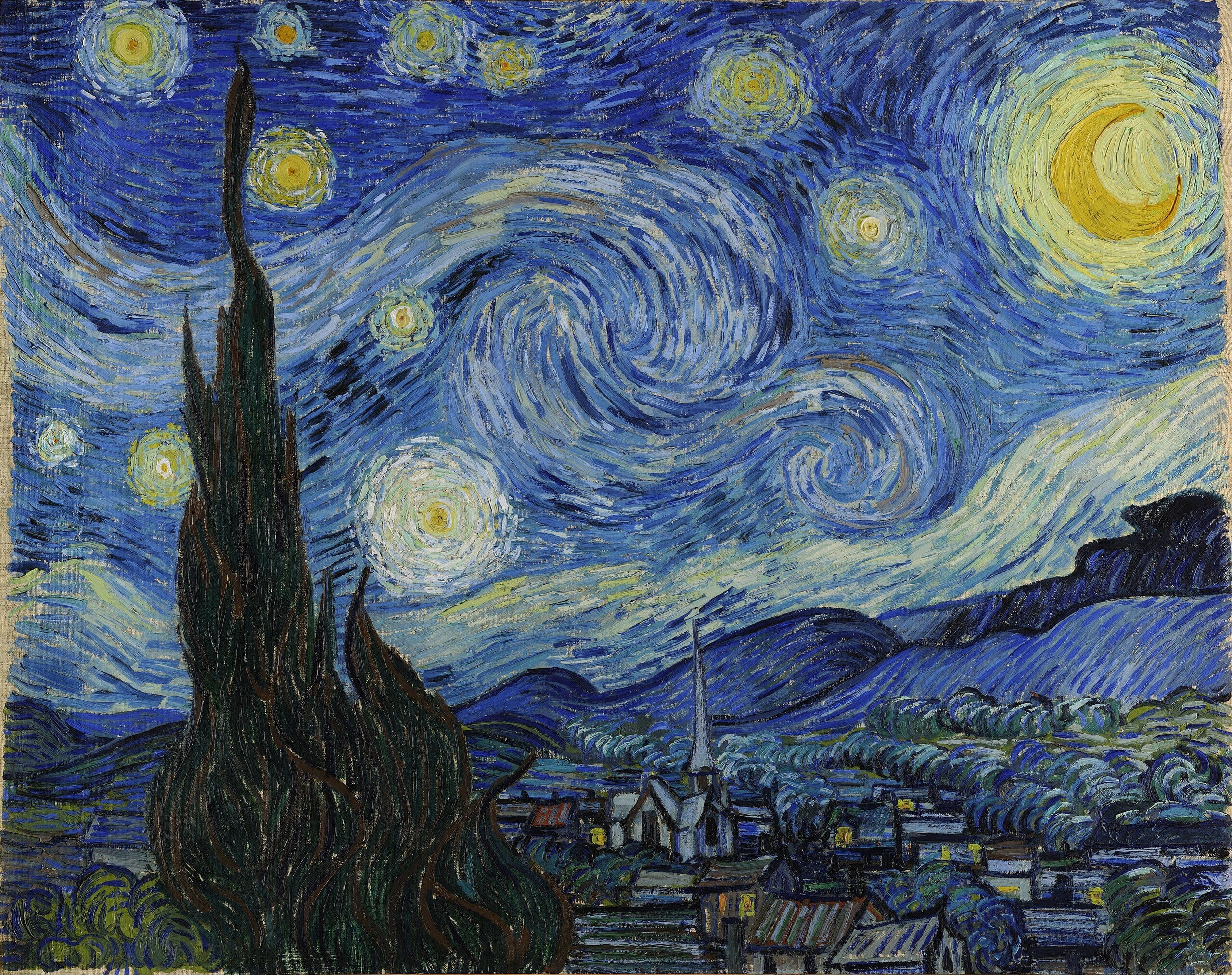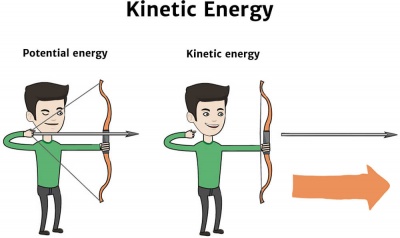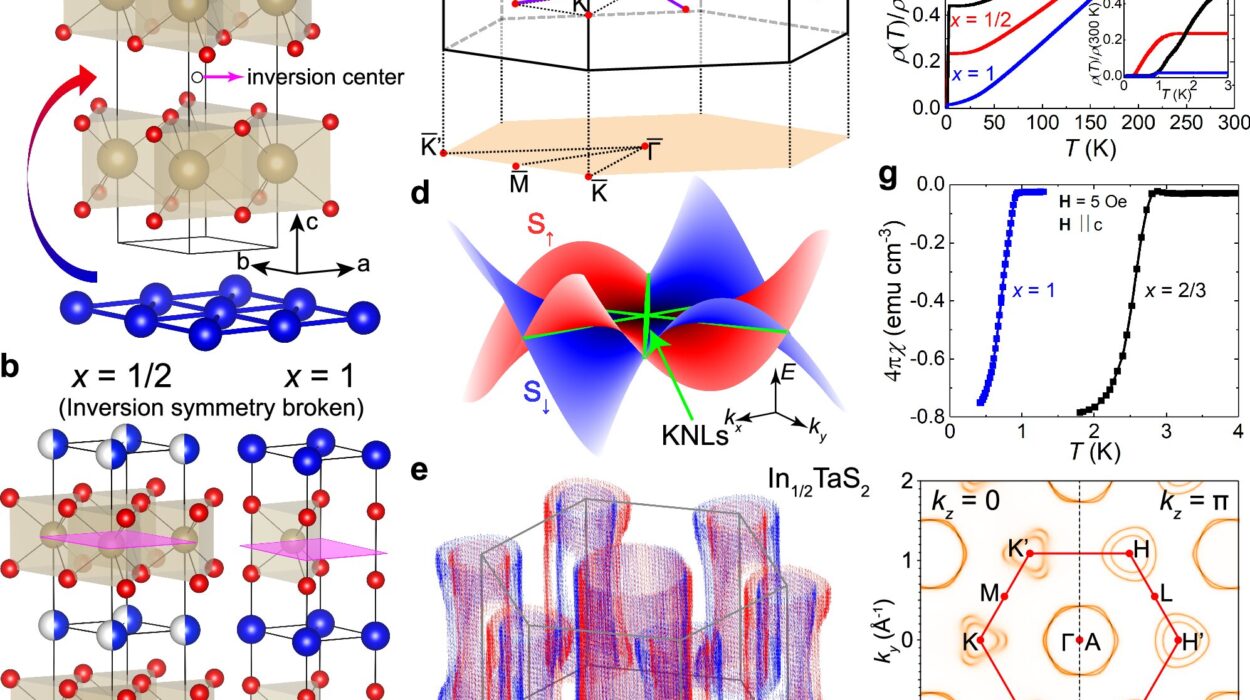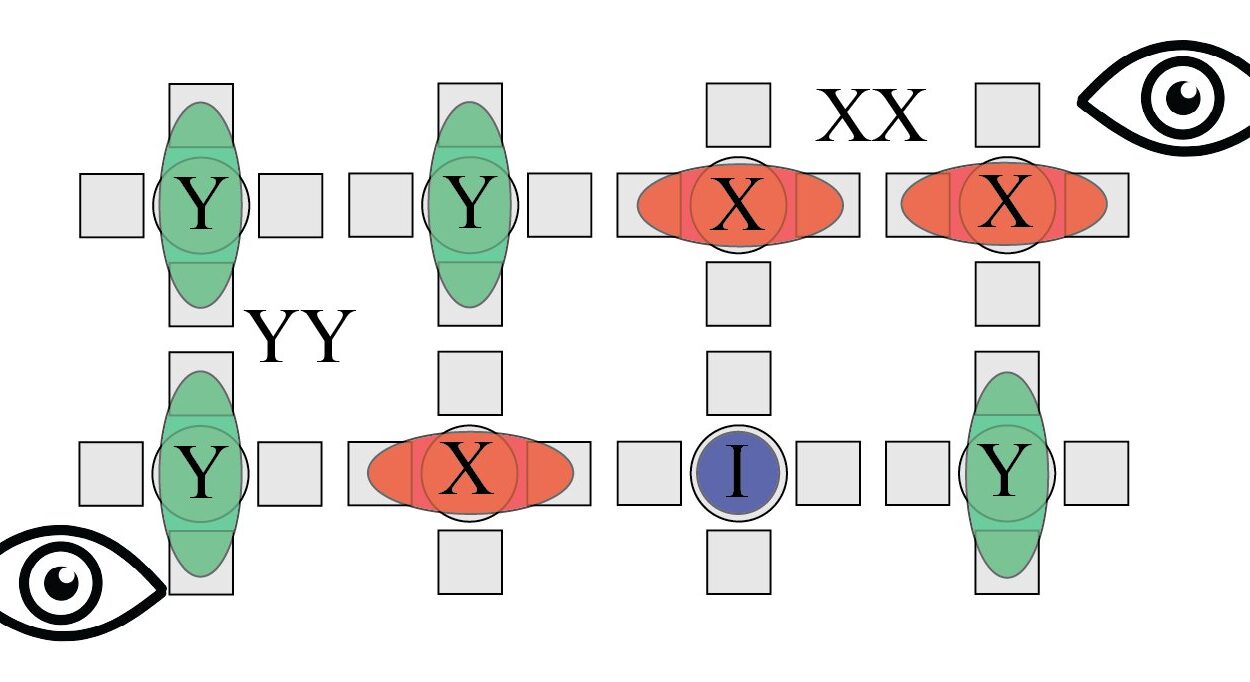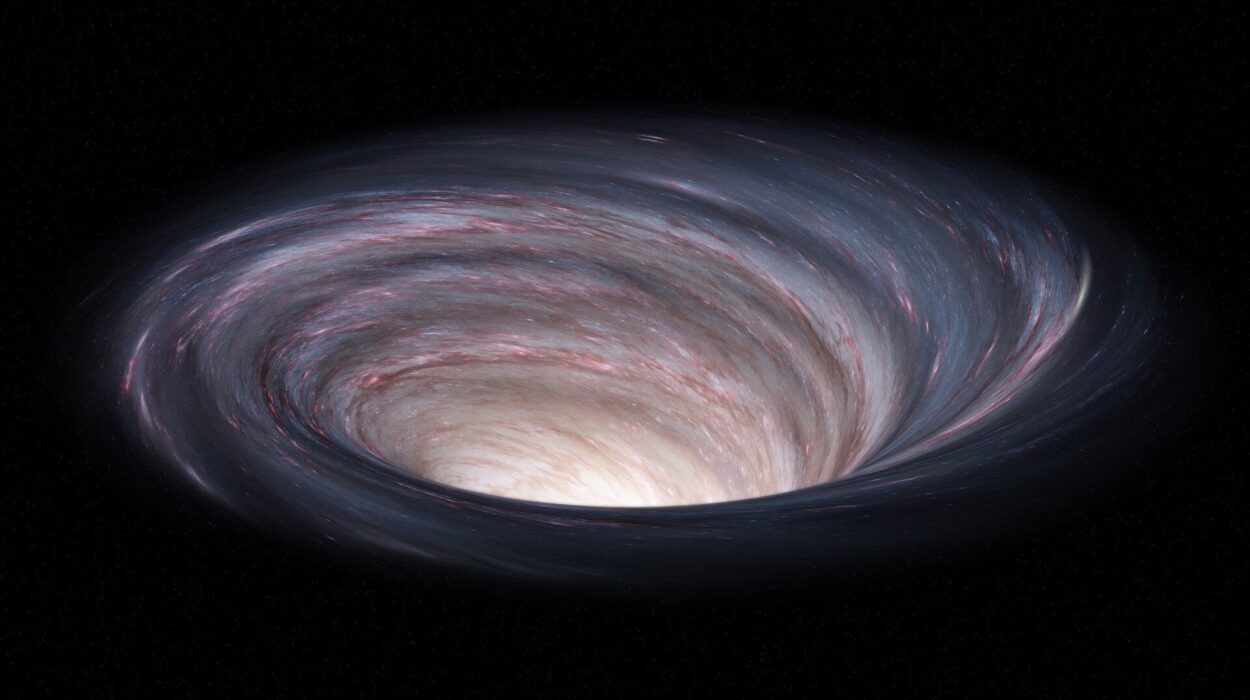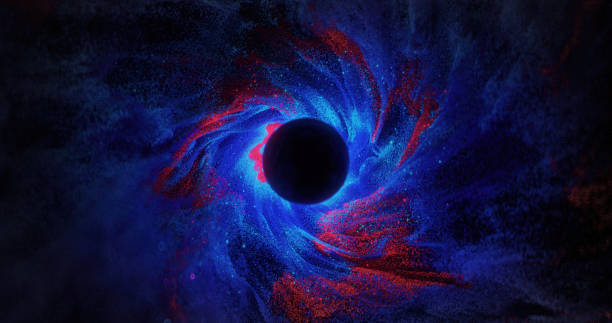For more than a century, Vincent van Gogh’s The Starry Night has stirred the imagination with its spiraling skies and glowing celestial forms. Its turbulent patterns have long been admired for their emotional force — yet now, scientists see something even deeper hidden in its brushstrokes.
A team of physicists from Osaka Metropolitan University in Japan and the Korea Advanced Institute of Science and Technology (KAIST) has reported the first-ever observation of the quantum Kelvin–Helmholtz instability (KHI), a phenomenon predicted decades ago but never before witnessed in quantum fluids.
In a poetic twist, the patterns produced in this microscopic realm — exotic structures called eccentric fractional skyrmions — bear an uncanny resemblance to Van Gogh’s sweeping lunar crescent.
The Classic Dance of Fluids
KHI is not new to physics. In the classical world, it occurs when two fluids slide past each other at different speeds, creating rolling waves and eddies along their shared boundary. You can see it in wind-whipped ocean waves, streaked cloud bands, or even in a cup of coffee when cream meets hot liquid.
These undulating boundaries are a staple of fluid dynamics. But the question nagged at Hiromitsu Takeuchi, an associate professor at Osaka Metropolitan University’s Graduate School of Science: could this same instability appear in quantum fluids, where matter behaves as a single, unified wave?
Cooling Down to See the Invisible
To find out, the team created one of the coldest laboratories in the universe. They cooled lithium atoms to a fraction above absolute zero, forming a multi-component Bose–Einstein condensate — a strange state of matter where atoms move in perfect quantum harmony.
Within this superfluid, they engineered two streams to flow past each other at different velocities. At their boundary, they observed something remarkable: a wavy “fingering” pattern, just like in the classical version of KHI. But soon, the quantum nature of the system took over, and vortices emerged — not ordinary vortices, but ones governed by the rules of quantum mechanics and the mathematics of topology.
Enter the Eccentric Fractional Skyrmion
These quantum whirlpools turned out to be eccentric fractional skyrmions (EFSs), a never-before-seen type of topological defect. Unlike traditional skyrmions — which are symmetrical, centered, and smooth — EFSs curve like crescents and hide tiny embedded singularities, where the usual spin arrangement breaks down.
“To me, the large crescent moon in the upper right corner of The Starry Night looks exactly like an EFS,” Takeuchi said, drawing a bridge between Van Gogh’s artistry and nature’s hidden geometries.
From Paint to Practicality
Skyrmions have already drawn attention in the field of spintronics, where their stability and nanoscale size make them promising candidates for ultra-dense, energy-efficient memory devices. Discovering a new form of skyrmion in a superfluid opens possibilities not only for applications but also for exploring how topological defects evolve in exotic quantum systems.
The researchers believe that these crescent-shaped EFSs could challenge existing topological classifications, hinting at an entire family of unexplored structures in multi-component or higher-dimensional quantum materials.
Looking Ahead
The team is not stopping here. They plan to refine their experimental setup to test predictions dating back to the 19th century about the exact wavelength and frequency of KHI-driven waves — now, for the first time, in the quantum world.
“EFSs are unlike anything we’ve seen before,” Takeuchi said. “Their singularities raise new theoretical questions, and we’re eager to see whether nature hides similar shapes in other systems — perhaps even beyond our current imagination.”
The Cosmic Thread
From Van Gogh’s easel to ultracold atom labs, swirling patterns seem to follow a universal language — one written in both art and physics. The fact that the same graceful curves can emerge in the mind of a 19th-century painter and in the heart of a 21st-century quantum experiment is a reminder that creativity and curiosity often meet in the same place: wonder.
More information: Stable singular fractional skyrmion spin texture from the quantum Kelvin–Helmholtz instability, Nature Physics (2025). DOI: 10.1038/s41567-025-02982-x
